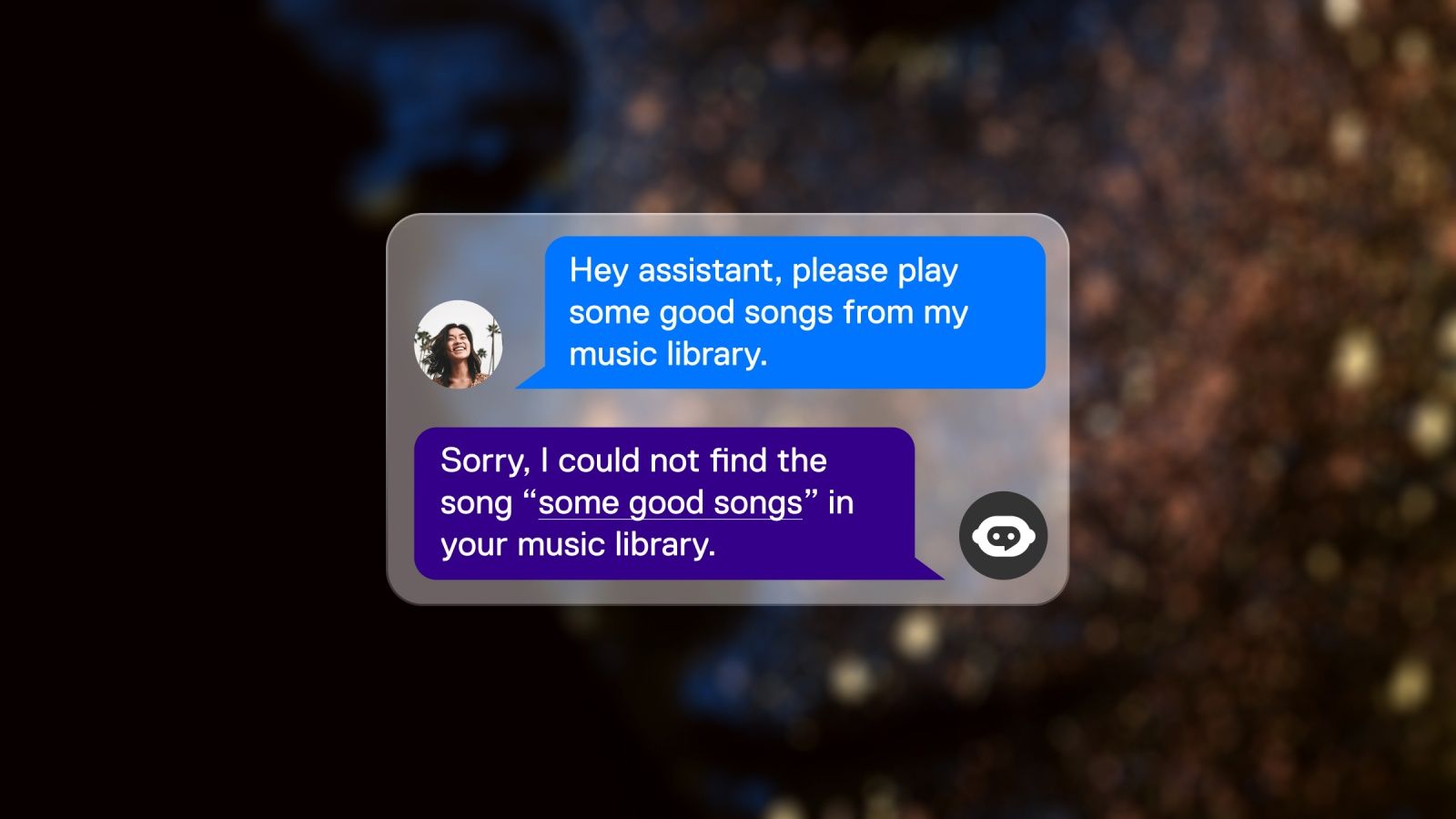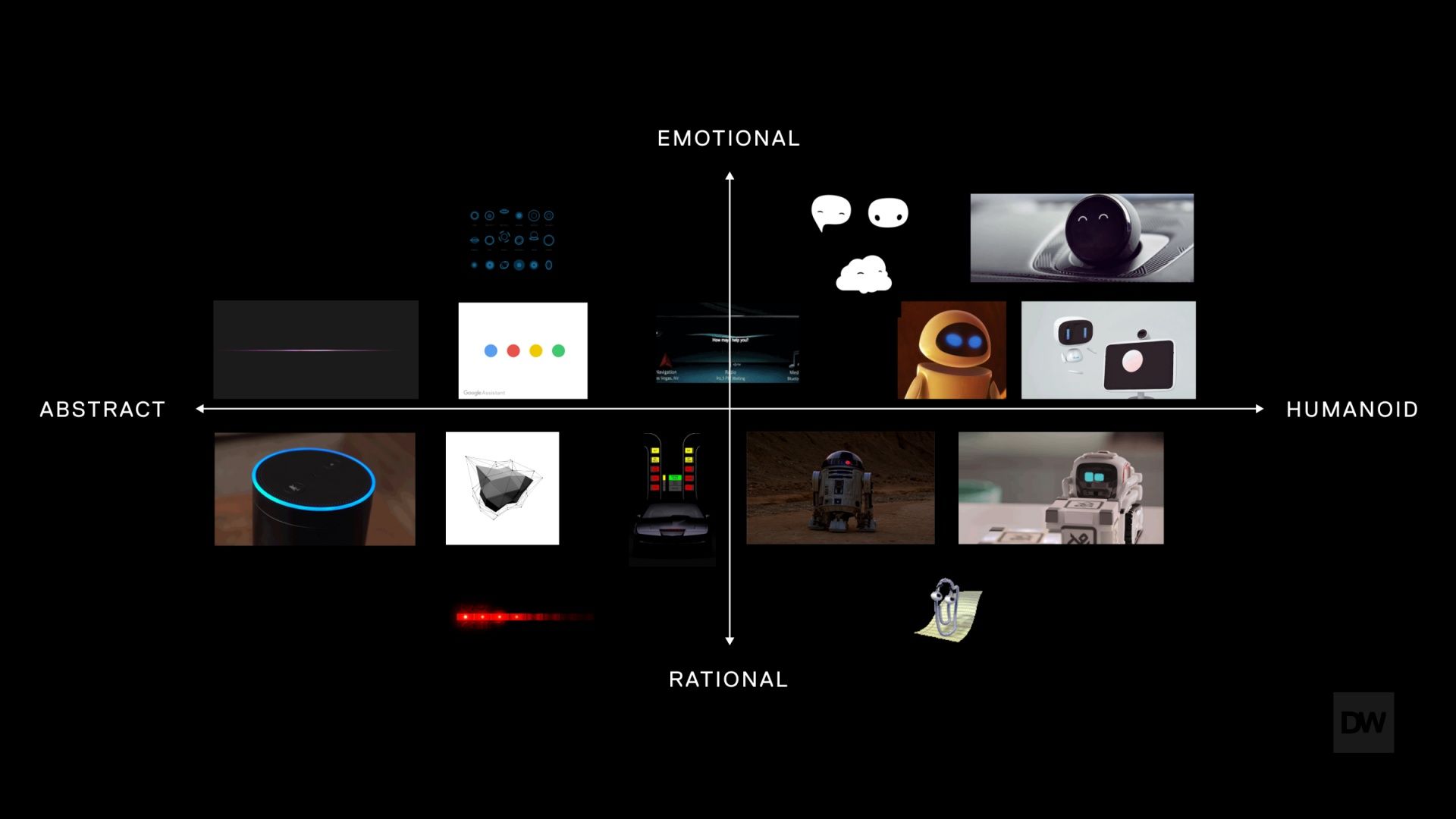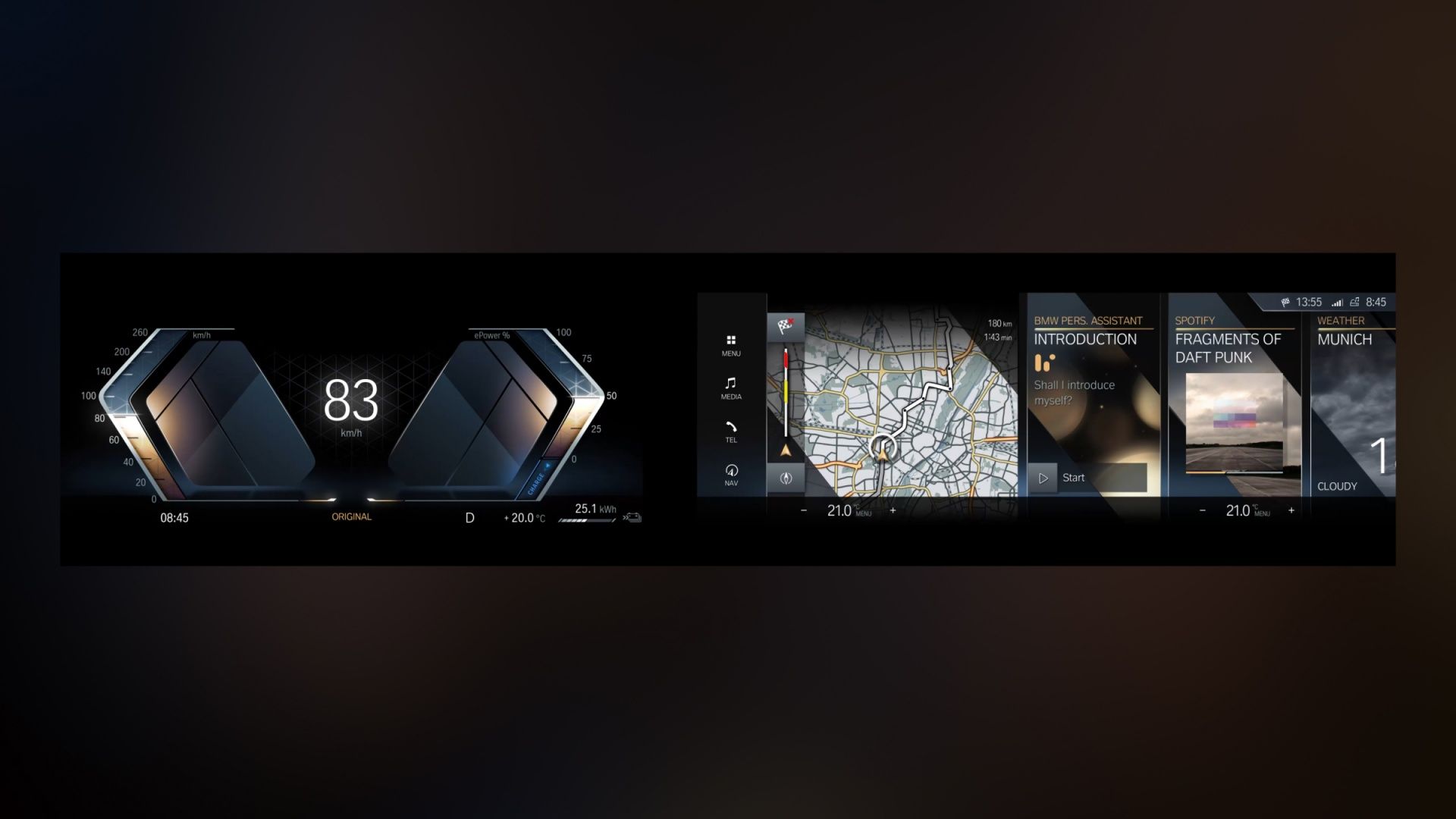Designing and Building AI Products and Services
Hey, future. Why aren’t we there yet?

Time and time again, consumers have been promised a brave new world. A place where we would be able to interact and communicate with our cars, the way we do with another human being. Naturally, effortlessly. Without having to touch a gazillion screens and buttons or memorise commands. In this universe, cars would be able to understand not just what we say, but how we feel. What we are looking or pointing at. They would know when we need assistance and when we need to be left alone. And yet, we are still at the point where an intelligent assistant’s response to ‘Call Matt’ is ‘Calling Mum’. Why?
81% of the automotive industry executives believe their voice assistants understand people’s needs and preferences. Only 59% of consumers agree.

The plain truth is, it’s not easy.
Humanizing AI is a complex task filled with not just technological but ethical challenges as well. It requires a systematic approach and a very well-orchestrated collaboration of many different disciplines.
However, we strongly believe that to start bridging the gap between expectation and reality, design must whole-heartedly respect three fundamental principles.
Using the BMW ID8 as a case in example, we will explore these principles that hold the key to a great human experience.

1. Cultural context: There’s no one-human-fits-all model.
We all agree that AI assistants need to become more human, but as it turns out, “human” is quite subjective. It varies greatly depending on the region and the culture. Not just in terms of how “human” looks but also how it acts, talks, and behaves.
While Americans and Europeans are in general more comfortable with an AI assistant that has a more abstract shape and form, Asian audiences are rather drawn towards IPAs with more prominent human visual traits.
“People in Asia show a clear preference for humanoid-looking virtual assistants, visualizations that are able to convey richer emotions through facial expressions and even body language.”
Besides looks, the definition of appropriate human behavior also changes based on cultural context. Asking a personal question may be acceptable in one culture but can easily be perceived as intrusive in another. Even something as simple as “How are you?” could evoke completely different responses depending on which part of the world you are at. Such as “fine” versus “[an actual explanation of how you are feeling]”.
Just like a brand morphs and adapts to fit the needs and preferences of different markets, an AI assistant must also be able to understand the different cultural contexts, learn how to respect them, and comply accordingly.
“Digital life in Asia can look very different to digital life in Europe. That’s why a regionalized product offering, something that is actually more specific to context, is extremely crucial for any brand that aspires to cater to a global market.”

2. Build character, not robots.
Spontaneous, energetic, caring, smart, perceptive, enthusiastic, practical, adventurous, rational, social, creative, honest, loyal, respectful… Next to empathy, character and personality are two of the things that make us fundamentally human.
Character development is an essential step in humanizing AI. And a very exciting one too.
During the development of BMW’s Intelligent Personal Assistant for iDrive 8, inspiration was gathered from many different sources. From existing AI platforms, past BMW vision pieces (BMWi Inside Future, Interaction EASE, etc.), as well as films and video games.
Animation films in particular, have a been a great source of learnings in regard to character development. Looking for example at character studies for Disney and experimenting with animation principles helped us visualize the BMW IPA in a way that it is able to convey emotion and behavior through the way it moves, reacts, and animates. Even when the most powerful tool to communicate emotions, the eyes, was taken off the table.
“The question is how much of a character, a face, and a personality do you really want to give as a company to an AI? Is it really like another human being, or is it on the other extreme, an artificial intelligence that is more like a robot? And this is the interesting part to me, it is actually the brand, that you give a face to with the help of the intelligent assistant.”
But the truly defining moment in the development of the Intelligent Personal Assistant was the moment we started looking at it not just as an intelligent companion, but as an extension of the brand itself.
BMWs are some of the most expressive cars out there. They have a distinct driving character and personality, that people know and recognize. Even if they’ve never driven a BMW themselves. So, the question was, can this actually be experienced with an IPA?
This kind of approach, naturally led to an intelligent assistant that feels, looks, sounds, and behaves very much like BMW:
- Professional
- Well-mannered
- Fast and agile
- Courteous and polite
- With a discrete sense of humor
“There is a level of branded excitement inside of a BMW across all the touch points. And I would say from an automotive manufacturer and from a BMW perspective, it’s very important to make sure that this brand quality is carried through to the personal assistant.”

3. Looks Matter Too.
A big part of our communication is non-verbal. So how does that work with an intelligent assistant? How does it present information? How do you show it’s thinking? How do you show focus? When you have a vehicle with multiple people, how does it recognize who it’s talking to? How can it gracefully live in that environment with other content without getting lost in it or becoming a distraction?
The goal in ID8 was to create a system that will come when needed and go away when not. A system that is very positive and proactive without seeming desperate. At the same time, we needed a visual language that created enough contrast with everything that was already BMW. But still felt BMW as well.
“We have a lot of sharpness in the system, diagonal cuts, a lot of thick, precise lines. So, the particle visualization is a way to soften this sharpness, enhance the contrast with rest of the interface and make the whole thing feel very friendly and approachable.”
The “face” of the intelligent assistant is a dynamic particle system. These spheres of light enabled us to create a visual language that has the flexibility to morph and change as needed to exhibit character and different behaviours.
For instance, when you’re talking to it, you can see it shifts, as the particles extend out towards you. When it’s thinking, it’s searching, collecting and processing. As if to say, ‘give me a moment to think about that’. After all, to err is also human.
Actually, in terms of character and behaviour, it’s equally important to define how the assistant “errs”, so to say. How it reacts when it doesn’t have the answer, or processing takes a little longer than normal. It’s the best way to avoid user frustration and stay clear of the horrifying “stuck spinning wheel” moments.

There’s plenty of light at the end of the AI tunnel. Especially for the automotive industry.
Yes, we still have a way to go to humanize AI. However, technology and design will get us there. No doubt about that. But the way we see it, simply sitting back and waiting for that day to come, would be a complete waste of time. The journey itself is already filled with great opportunities.
AI may be one of the best things that happened to the industry in a long, long time.
Companies have a unique opportunity to expand on their character and personality. Because intelligent assistants have the power to bring a brand to life in ways that were inconceivable before. Except in movies of questionable quality.
So instead of asking when we will be there, we’d better focus on the how.
How can we make the most of the opportunities this incredible technology has to offer?
How can we leverage the power of AI in a way that is meaningful, impactful, and ethical?
Because waiting to answer the how when we are already there, well, that would mean we already too late to the party.



